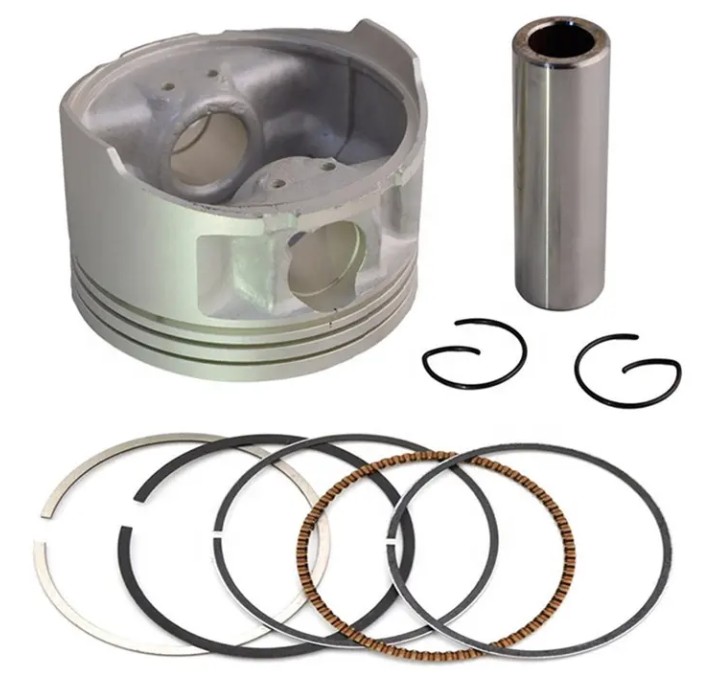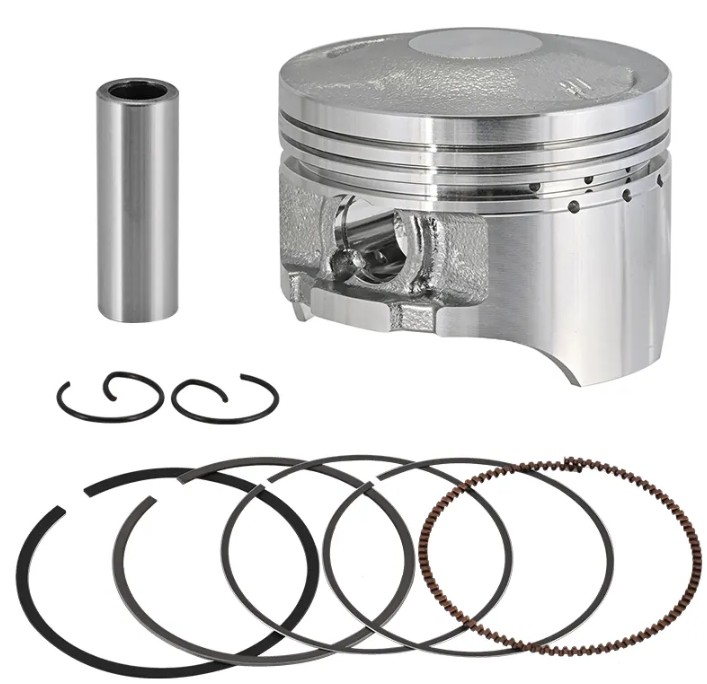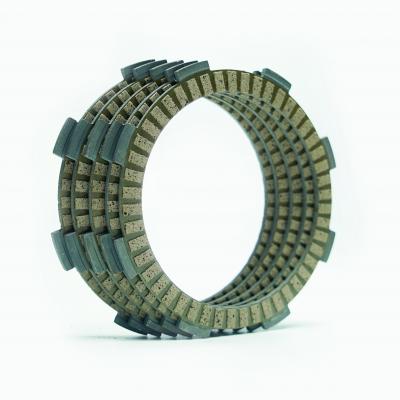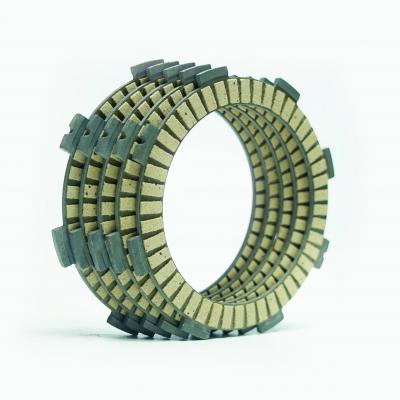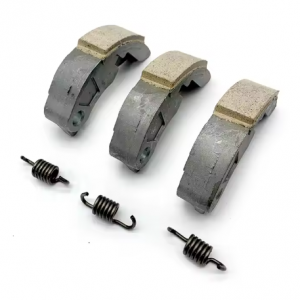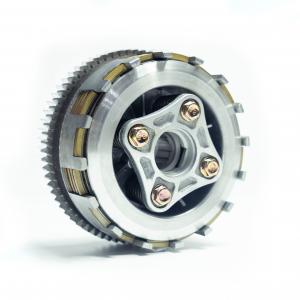CG125
Increase power output, reduce fuel consumption, improve durability
· Quality materials: Aluminum alloy (such as 2618 or 4032) or reinforced steel to ensure high strength and fatigue resistance.
· Heat treatment process: by T6 heat treatment or strengthening treatment, improve the tensile strength and ductility of the material.
· Adapt to high temperature and high pressure: meet the needs of high-performance engines, avoid deformation and damage.
· Long life design: high durability to reduce the frequency of replacement due to fatigue or wear.
· Reduced vibration and fuel consumption: Reduce crankshaft and connecting rod load and improve fuel economy.
· Precision machining: Precise dimension of piston ring groove and skirt to ensure good sealing.
· Surface coating: Special coating (such as graphite coating, DLC coating) to enhance wear resistance and sealing performance.
· Reduce air leakage and oil leakage: increase engine compression ratio to ensure stable power output.
· Reduces wear: effectively protects cylinder walls and pistons to extend engine life.
· High temperature resistant material: The piston head adopts ceramic coating or high temperature resistant alloy to improve heat resistance.
· Efficient heat dissipation design: Heat sink or surface treatment process is used to accelerate heat dissipation.
· Maintain stable performance in high temperature environment, not prone to thermal expansion problems.
· Higher durability: reduces the risk of fatigue cracks due to thermal stress.
· Low friction coating: The skirt is coated with graphite or molybdenum disulfide coating to reduce friction with the cylinder wall.
· Dynamic balance optimization: Accurately calibrate piston mass distribution to reduce running noise.
· Improved comfort: Low friction design reduces engine noise and vibration, enhancing the riding experience.
· Reduce energy loss: Increase power transfer efficiency and improve fuel consumption.
·CNC precision machining: ensures dimensional consistency and geometric accuracy of the piston head.
· Strict tolerance control: piston roundness, diameter and other tolerances are controlled in the micron range.
· Improve performance: Ensure the stability and continuity of engine power output.
· Optimized combustion chamber design: Piston head shape design optimizes combustion efficiency and reduces emissions from incomplete combustion.
· Reduce oil consumption: good sealing performance, reduce oil loss and pollutant emissions.

